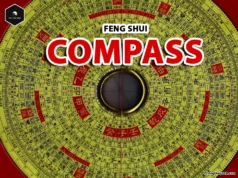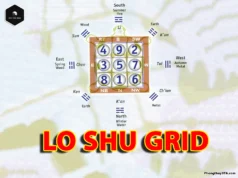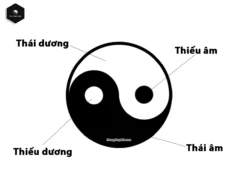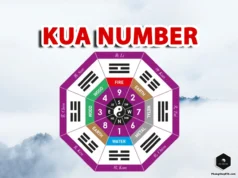Feng shui, an ancient Chinese practice, is more than just arranging furniture or choosing colors—it’s a philosophy of harmonizing human life with the surrounding environment.
Rooted in Taoist principles, feng shui translates to “wind” (feng – 風) and “water” (shui – 水), symbolizing the flow of energy, or qi, through spaces. This guide explores the meaning of feng shui, its core principles, and practical ways to apply it for a balanced, prosperous life.
What Is Feng Shui?
Feng shui (風水) is the art and science of arranging spaces to optimize the flow of qi—the life force that permeates all things. Originating over 4,000 years ago in China, it draws on Taoist concepts of yin and yang, the five elements, and the interconnectedness of humans and nature.
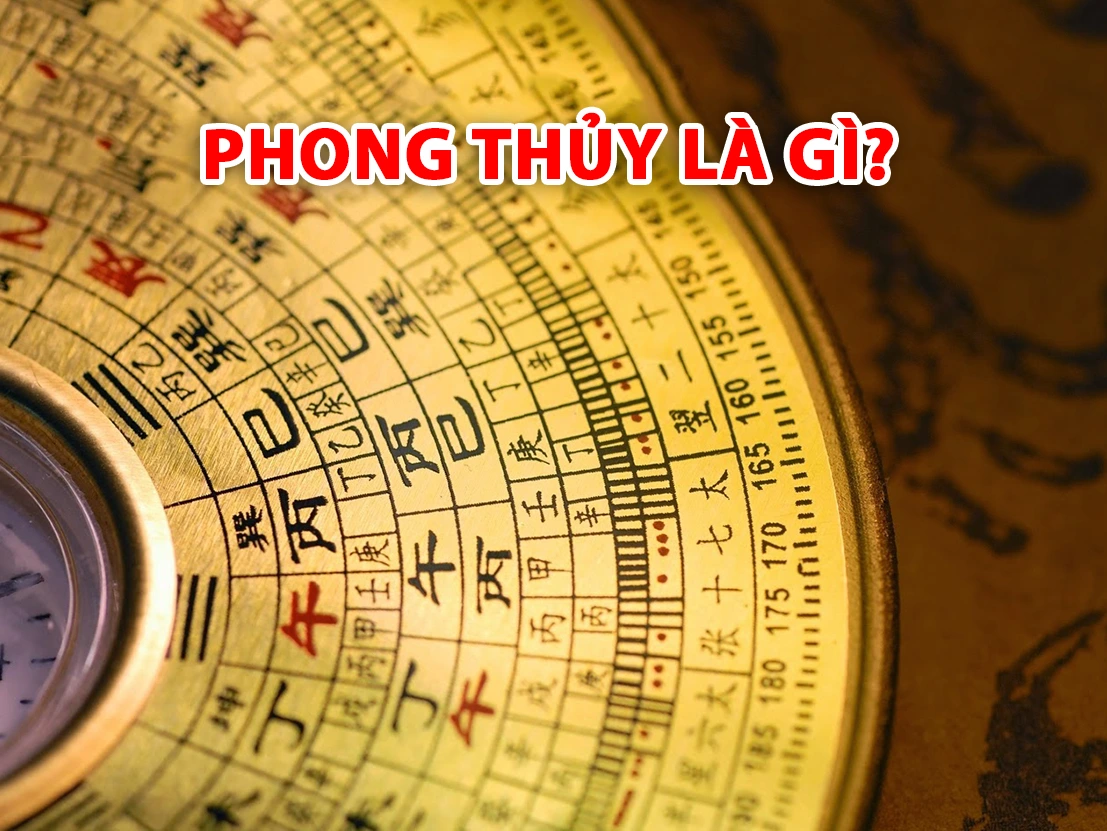
By aligning buildings, homes, or even gravesites with natural energies, feng shui aims to promote health, wealth, and harmony.
Unlike mere superstition, feng shui integrates practical environmental observations with metaphysical principles.
For example, ancient Chinese communities used feng shui to select flood-safe village sites or orient homes for optimal sunlight. Today, it’s applied globally, from home decor to urban planning, to create balanced and supportive environments.
=>> Read more: Feng Shui For Home
Core Principles of Feng Shui
Feng shui operates on several foundational concepts that guide its application:
1. Qi (Life Force Energy)
Qi is the vital energy that flows through all living things and spaces. In feng shui, the goal is to ensure qi moves freely without stagnation. Cluttered spaces block qi, leading to feelings of stress or stagnation, while open, well-organized spaces allow qi to flow, fostering vitality and peace.
2. Yin and Yang
Yin and yang represent complementary opposites—dark and light, soft and hard, passive and active. Feng shui seeks to balance these forces in a space. For instance, a room with too much yang (bright lights, bold colors) may feel chaotic, while too much yin (dark, cramped spaces) can feel oppressive. A harmonious balance creates a calming, energizing environment.
3. The Five Elements
The five elements—wood, fire, earth, metal, and water—are central to feng shui. Each element corresponds to specific qualities, colors, shapes, and areas of life:
- Wood: Growth, vitality; green, columnar shapes; associated with family and wealth.
- Fire: Passion, energy; red, triangular shapes; linked to fame and reputation.
- Earth: Stability, nurturing; yellow, square shapes; tied to health and knowledge.
- Metal: Clarity, precision; white, circular shapes; connected to helpful people and children.
- Water: Flow, wisdom; black, wavy shapes; related to career and life path.
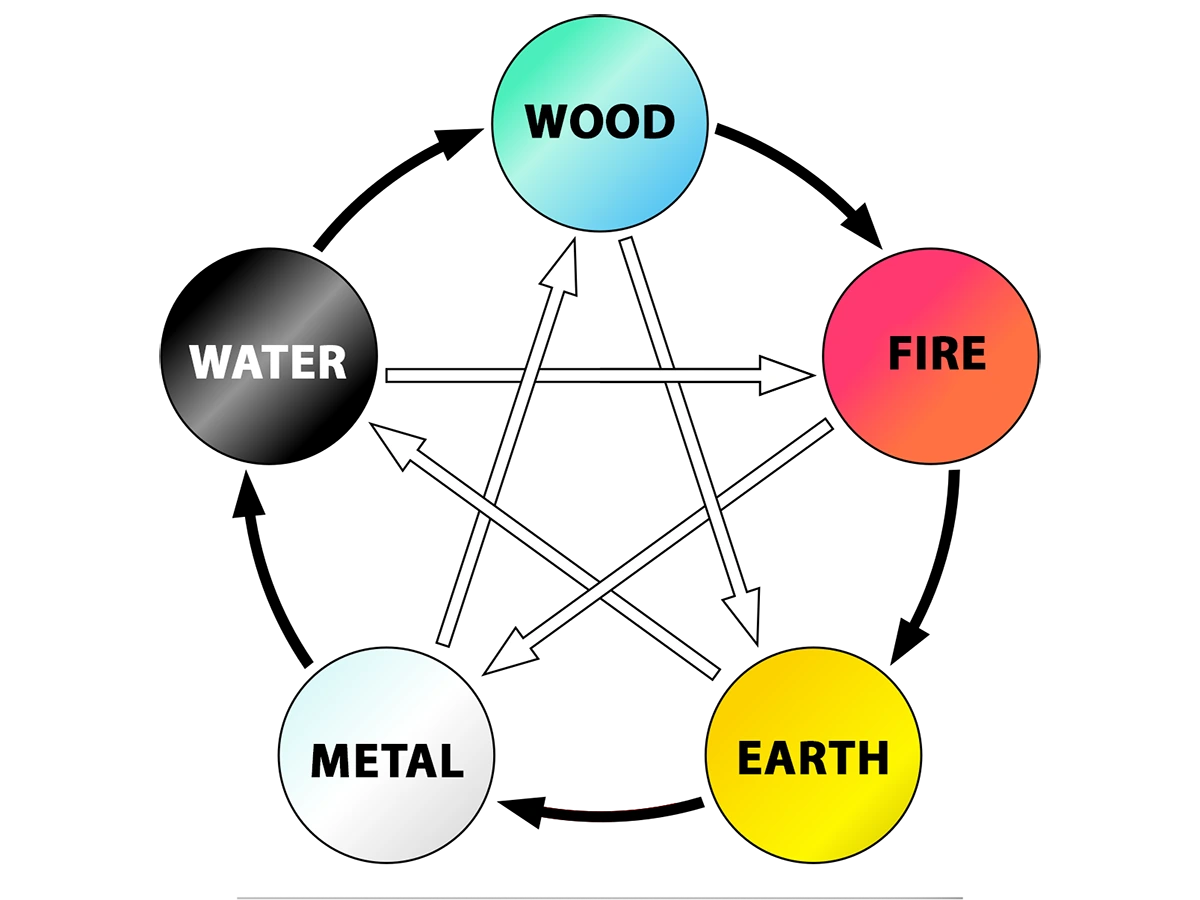
Balancing these elements in a space enhances specific life aspects. For example, adding a water fountain (water element) in the career area of your home can support professional growth.
4. The Bagua Map
The bagua (meaning “eight areas”) is a feng shui energy map that divides a space into eight sections, each tied to a life aspect: wealth, fame, love, family, health, children, knowledge, career, and helpful people. The ninth area, the center, represents overall well-being. By overlaying the bagua on a floor plan, you can identify areas to enhance with specific colors, elements, or objects.
5. Commanding Position
The commanding position refers to placing key furniture (e.g., bed, desk, or stove) in a spot that offers a clear view of the room’s entrance, ideally diagonal to the door. This placement fosters a sense of control and security, as it allows you to see who enters without being directly in the door’s path.
Types of Feng Shui: Yin and Yang Houses
Feng shui is applied to two main domains:
- Yin House (Burial Sites): Focuses on selecting auspicious locations for graves to ensure positive energy benefits descendants. This involves analyzing landforms, water flow, and qi to find a site that gathers vital energy.
- Yang House (Living Spaces): Concerns homes, offices, or other spaces for the living. It emphasizes orientation, layout, and decor to promote health, prosperity, and happiness.

Major Feng Shui Schools
Feng shui has evolved into various schools, each with unique approaches:
- Form School (Luan Tou): Emphasizes the physical landscape, such as mountains and rivers, to determine ideal qi flow. It’s rooted in observing natural shapes and landforms.
- Compass School (Liqi Pai): Uses a luopan (feng shui compass) to analyze directions based on yin-yang, five elements, and astrological influences. Techniques like Flying Star and Eight Mansions fall under this school.
- Black Sect Tantric Buddhist (BTB): A modern Western adaptation focusing on intention and simplified bagua applications, often used in interior design.
The Role of Feng Shui in Modern Life
Feng shui offers practical benefits for enhancing well-being and achieving goals:
- Improved Well-Being: A well-arranged space with balanced qi promotes relaxation and mental clarity. For example, a clutter-free bedroom with soft lighting enhances sleep quality.
- Enhanced Prosperity: Positioning a workspace in the wealth area of the bagua or using wealth-related elements (e.g., purple decor, wood elements) can attract financial opportunities.
- Strengthened Relationships: Adjusting the love and partnership area with yin-earth elements like pink or square shapes can foster harmony in relationships.
- Environmental Harmony: Feng shui encourages sustainable design, such as preserving natural landscapes or maximizing natural light, aligning with modern ecological principles.
While feng shui doesn’t guarantee wealth or health, it supports creating environments that align with your goals and aspirations.
=>> See also: The Sexagenary Cycle – A Feng Shui Guide to Time and Energy
Practical Feng Shui Tips for Your Home
Here are actionable ways to apply feng shui principles:
- Declutter Your Space: Clear out unnecessary items to allow qi to flow freely. A tidy space reduces stress and enhances energy.
- Use the Bagua Map: Identify areas of your home that correspond to specific life aspects and enhance them with appropriate elements. For example, place a green plant in the family area to boost growth and connection.
- Incorporate the Five Elements: Balance elements by adding objects like a wooden table (wood), a candle (fire), or a ceramic vase (earth) in relevant bagua areas.
- Optimize Furniture Placement: Position your bed, desk, or stove in the commanding position to enhance security and focus.
- Maximize Natural Light: Use mirrors to reflect light or open windows to invite positive energy and vitality.
- Choose Colors Wisely: Select colors that align with the five elements and bagua areas. For instance, use red sparingly in bedrooms to avoid excessive energy.
- Add Feng Shui Symbols: Items like a money plant, water fountain, or bagua mirror can enhance specific energies when placed thoughtfully.
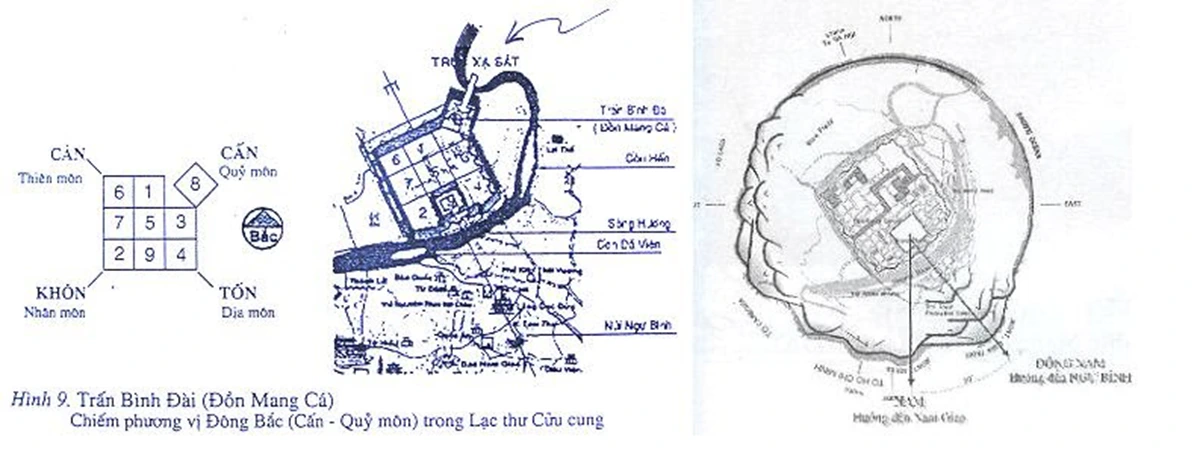
Is Feng Shui a Science or Superstition?
Feng shui blends practical environmental wisdom with metaphysical beliefs. Its roots in choosing flood-safe sites or sunlit homes reflect scientific observation, while concepts like qi and long-term fortune carry spiritual elements. Critics label it pseudoscience due to untestable claims, yet its environmental insights align with modern landscape ecology.
For example, feng shui’s emphasis on preserving “feng shui woods” has helped maintain biodiversity in Asia.
A skilled feng shui practitioner combines empirical knowledge with intuitive understanding, ensuring applications are practical and meaningful. While not a cure-all, feng shui offers a framework for intentional living and environmental harmony.
Conclusion
Feng shui is a time-tested practice that harmonizes human spaces with natural energies, promoting balance, prosperity, and well-being. By understanding its principles—qi, yin and yang, the five elements, the bagua, and the commanding position—you can transform your home or workplace into a supportive environment. Whether you’re decluttering, rearranging furniture, or selecting colors, feng shui empowers you to create spaces that align with your goals.
Please rate this article 5 stars and share it if you found it helpful!




